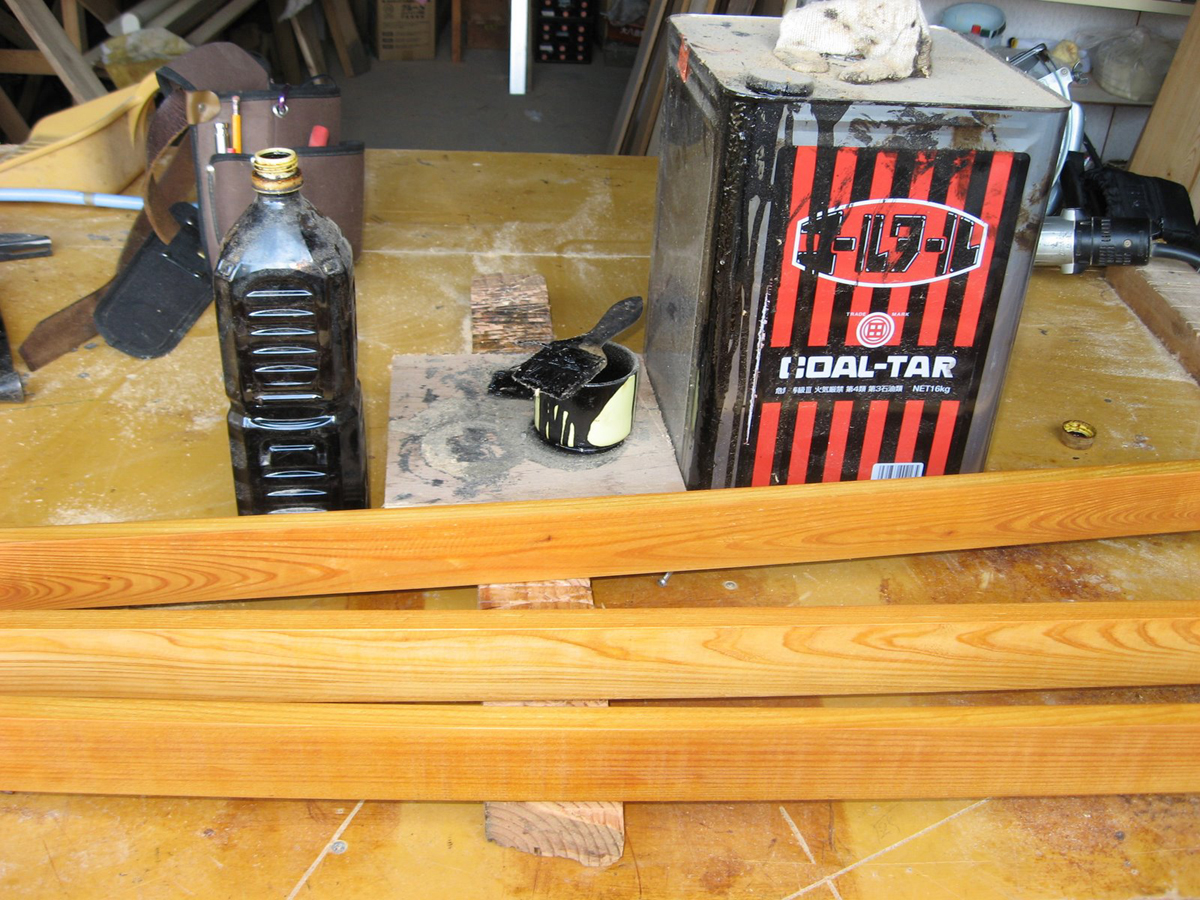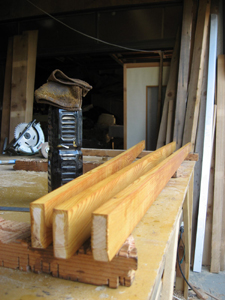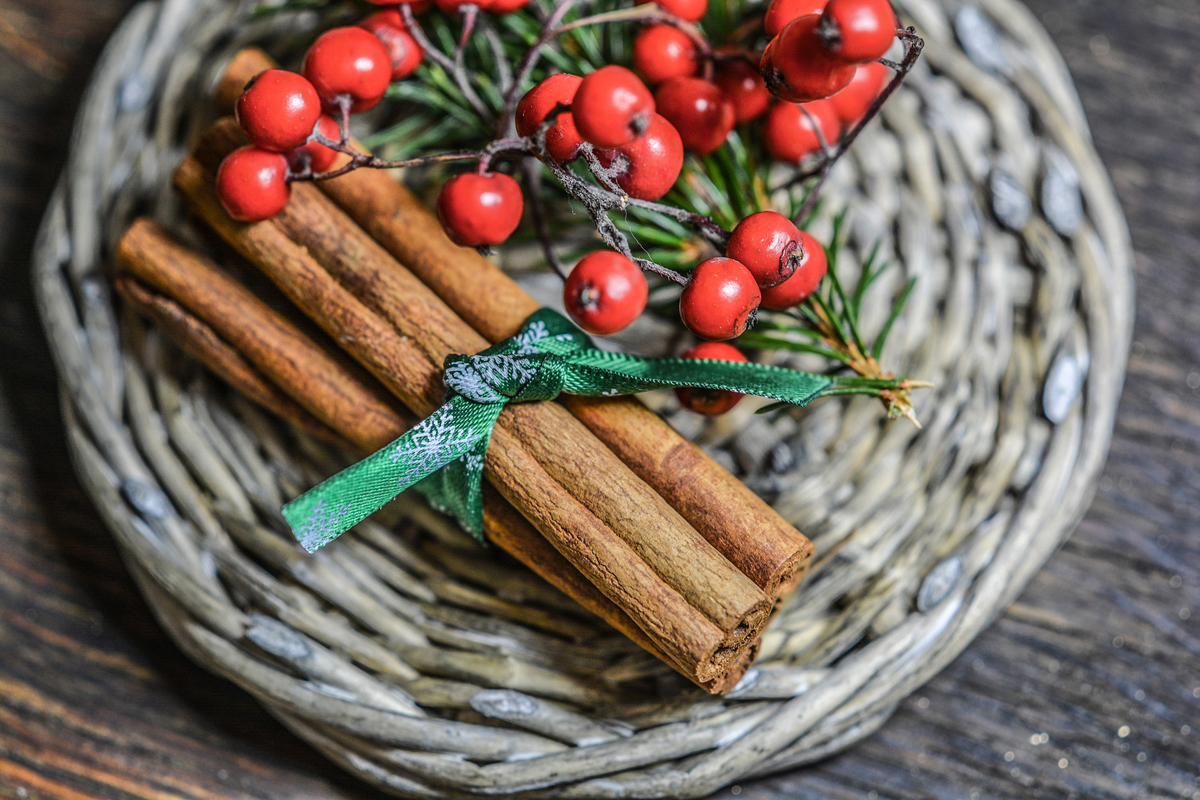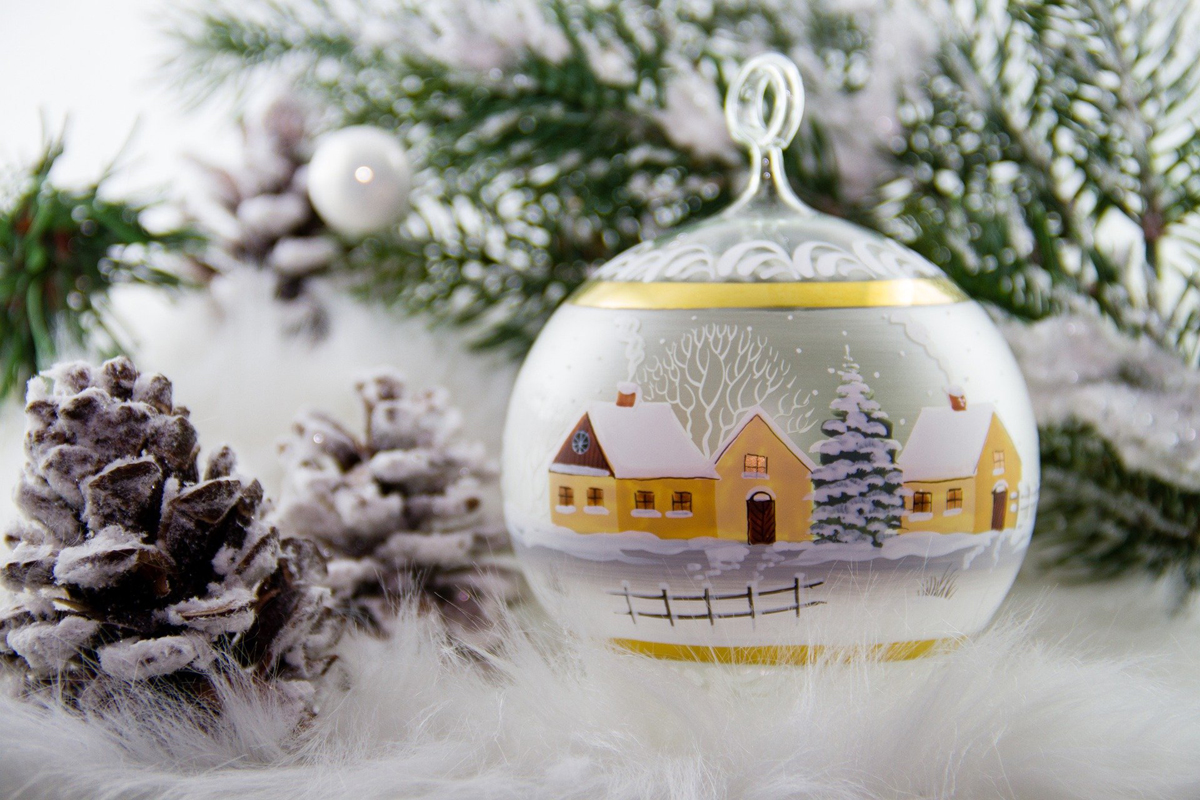Homemade Stain

I suppose we’re all familiar with how expensive wood stains can be. Well, I wasn’t about to take this over-priced liquid lying down. A good friend showed me how to make a surprisingly beautiful stain by mixing Coal tar & kerosene together.
Here in Japan Coal tar is considerably cheaper in comparison to proper stains and varnishes, and well, kerosene is kerosene. There’s a trick to this however, as when you mix the 2 together, they don’t actually seem to like each other all that much. In fact, it may initially seem like they’re not mixing AT ALL.
 But be patient and continue mixing or shaking or whatever, and gradually, the color from the Coal tar will start dissolving into the kerosene. Now there’s only so much “color” the tar will give before it just simply won’t give anymore, so you have to make sure you mix the right ratio of tar to kerosene.
But be patient and continue mixing or shaking or whatever, and gradually, the color from the Coal tar will start dissolving into the kerosene. Now there’s only so much “color” the tar will give before it just simply won’t give anymore, so you have to make sure you mix the right ratio of tar to kerosene.
You can control how light or how dark the finished product becomes by controlling how much tar you mix into the kerosene. As a rule of thumb, it’s better to make a bulk amount at one time, as unless you have a real good method of measuring the 2 components, it can be difficult to get the same color twice.
For best application use a rag and “wipe” the stain onto your board. Wiping the stain onto the board ensures a more even application while at the same time sort of forcing the liquid into the grain of the wood as well. The downside to this is that you get your hands dirty. One thing I’ve done in the past to prevent this is to staple some thick cloth on to a small piece of wood.
Imagine the handle of a small hand sander and you’re on the right track. Just be sure to staple the cloth on the sides of the wood as stapling to the bottom will scratch your work piece when applying. The photos above and below show some boards painted with this magical formula.
The Author:
Aigo Shimonaka – Free and Handy was created for the purpose of providing unique and useful information and help on a handful of themes, ranging from DIY and carpentry to science and the environment to life here in Japan. I am currently a contract carpenter working in the steel-ALC-wood house-building industry, which provides me with the opportunity to learn and work alongside dedicated, cutting-edge professionals in this field. It is my hope that the information contained herein will be beneficial to those who don’t have the luxury of first-hand experience, but yet need help and counsel as they tackle various DIY/building projects.








